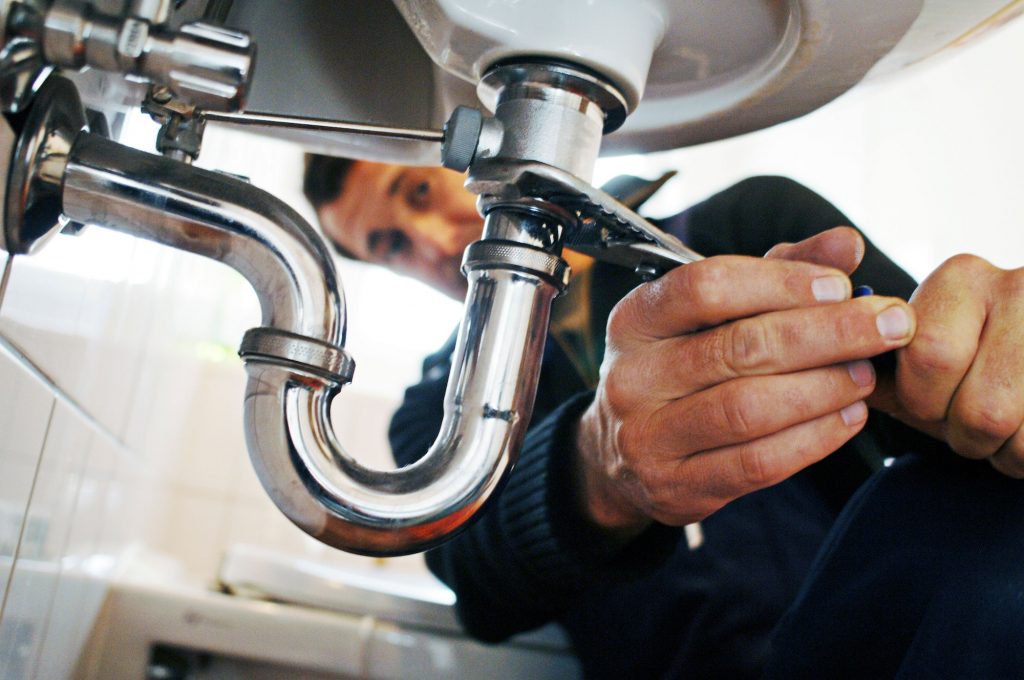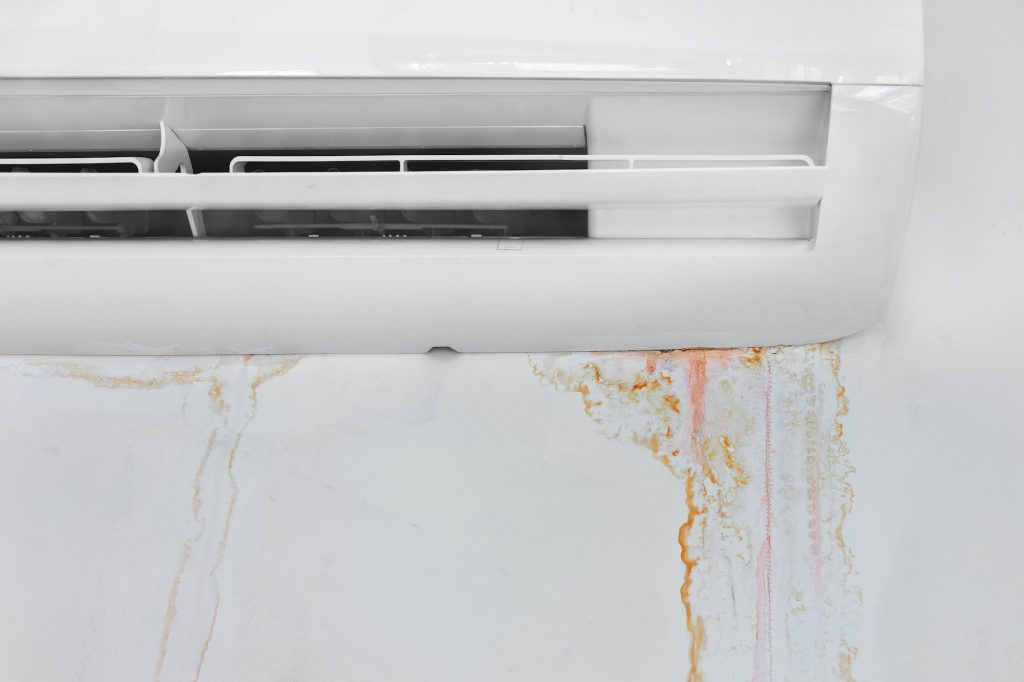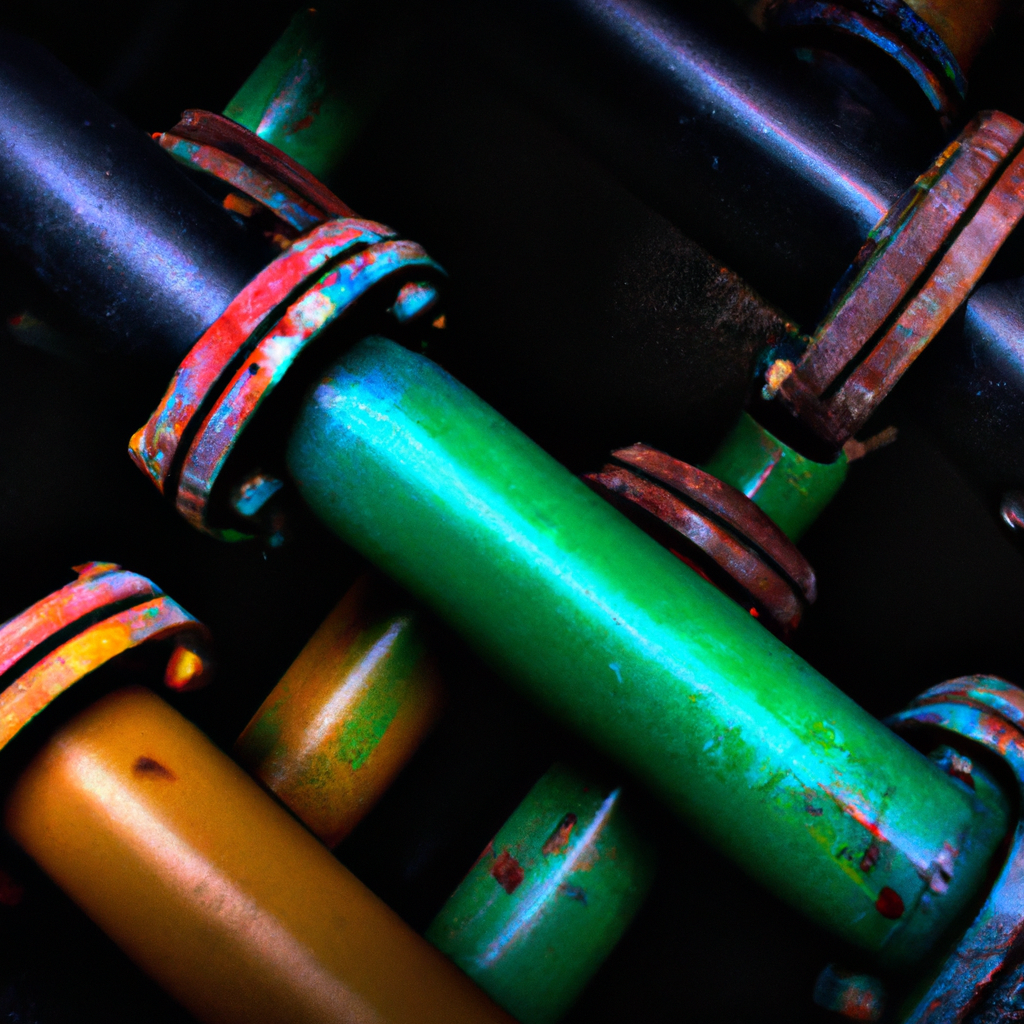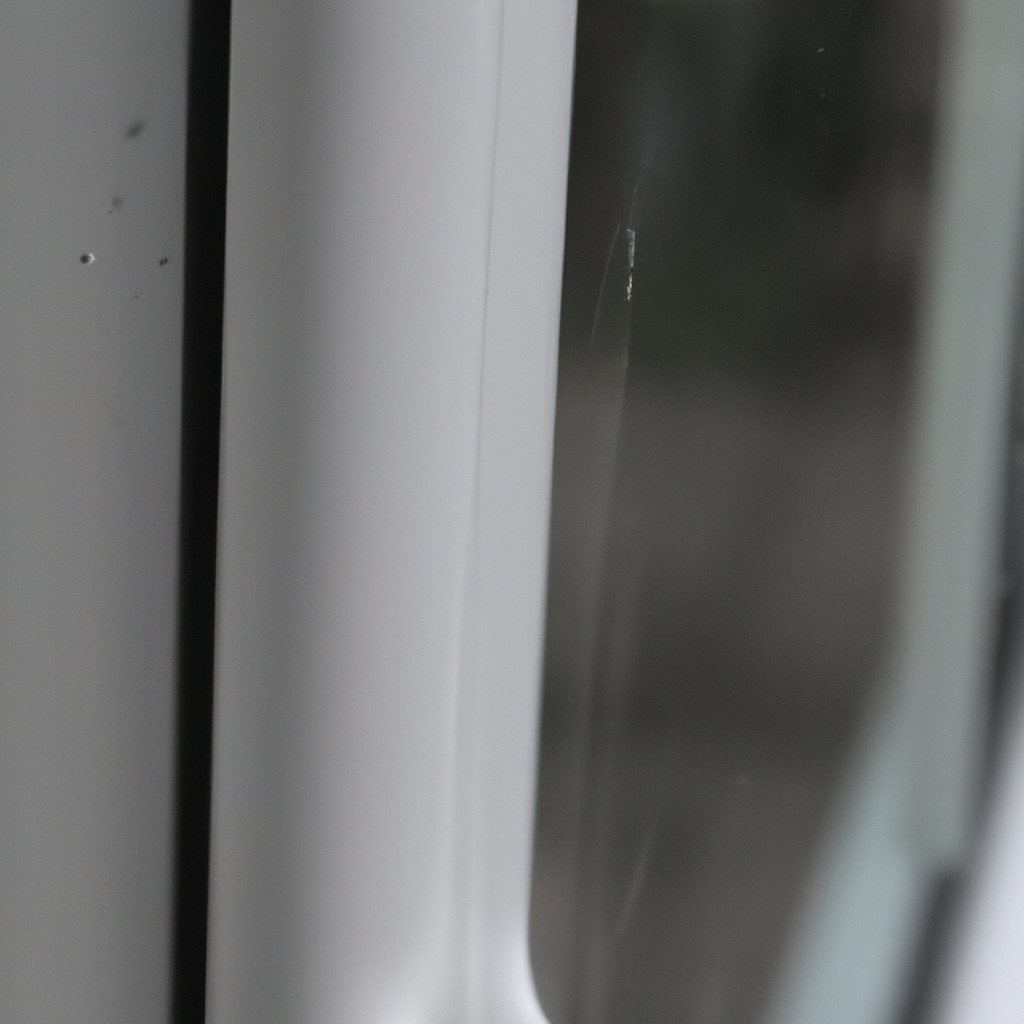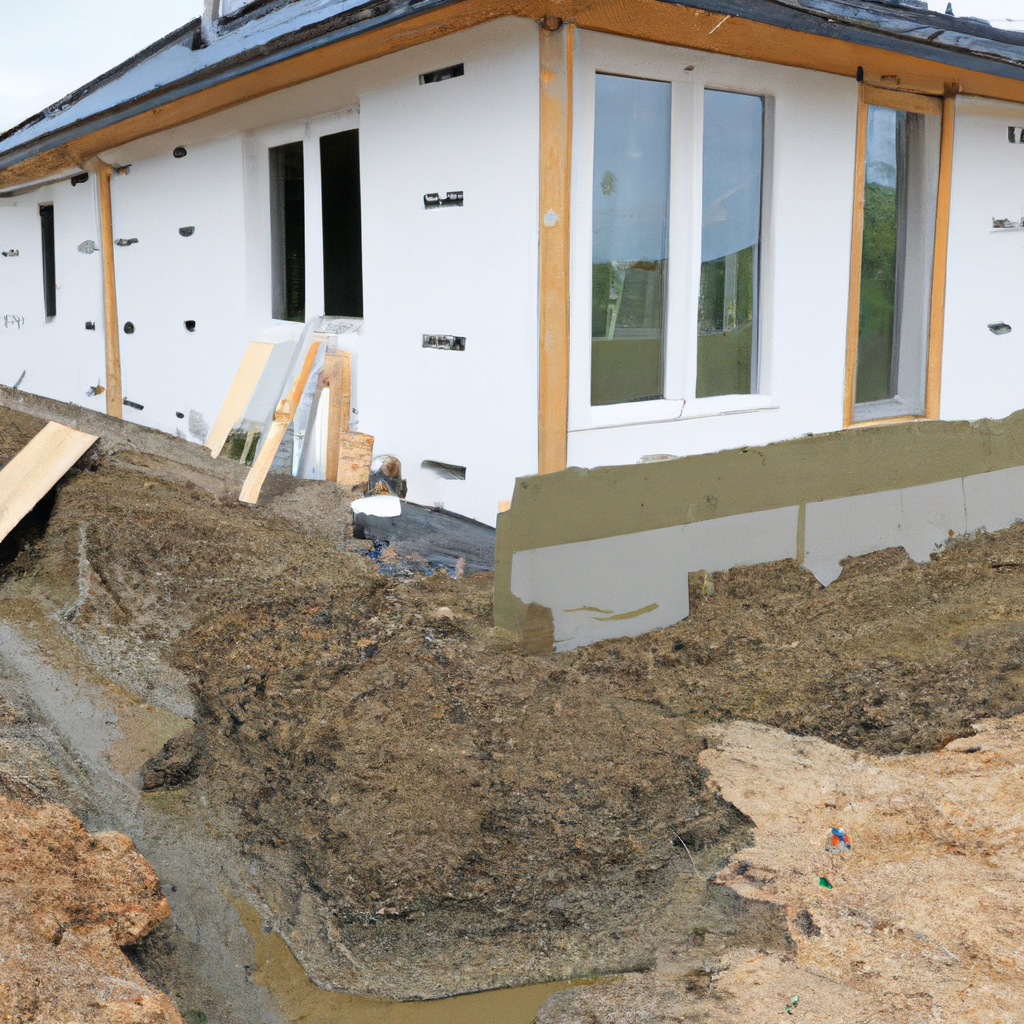Welcome to our ultimate guide on clearing hair and soap residue from your drains. Are you tired of dealing with slow drains that disrupt your daily routine? We understand the frustration and inconvenience caused by this common household issue. In this comprehensive guide, we will provide you with effective methods and tips to tackle this problem head-on. Say goodbye to slow drains and hello to a smoothly flowing plumbing system!
Understanding the Problem
Before we dive into the solutions, it’s essential to understand why hair and soap residue cause drain blockages. Over time, as you shower or wash your hands, hair and soap scum accumulate in your drains. Hair strands, particularly long ones, can easily become tangled and create a barrier that restricts the flow of water. Soap residue, on the other hand, can solidify and further contribute to clogs. These substances build up gradually, leading to slow drains and potential plumbing issues if not addressed promptly.
Prevention is Key
Preventing hair and soap residue buildup is the first step in maintaining clear and efficient drains. Implementing a few preventive measures can go a long way in avoiding clogs and expensive plumbing repairs. Here are some practical tips:
- Install a drain strainer: A drain strainer is a simple yet effective device that prevents hair from entering your drains. It catches hair strands and allows water to flow freely. Regularly clean the strainer to remove accumulated hair.
- Brush your hair before showering: By brushing your hair thoroughly before stepping into the shower, you can remove loose strands that would otherwise end up in your drains.
- Use a soap dish: Instead of leaving your soap bar directly on the edge of the sink or shower, place it on a soap dish. This helps prevent soap residue from accumulating and clogging your drains.
- Regularly clean your drains: Performing routine maintenance can prevent the gradual buildup of hair and soap residue. Use the following methods to clean your drains effectively.
Natural Remedies for Clearing Hair and Soap Residue
If you’re dealing with a minor clog or slow drain, natural remedies can often do the trick. These methods are gentle on your plumbing system and the environment. Let’s explore some effective natural solutions:
1. Boiling Water
Boiling water is a simple yet powerful method to break down soap residue and flush it away. Carefully pour a pot of boiling water down the drain in stages, allowing it to work its magic between each pour. Be cautious with this method as it may not be suitable for older or fragile pipes.
2. Baking Soda and Vinegar
This classic combination is not only great for baking but also for clearing drains. Start by pouring half a cup of baking soda down the drain, followed by half a cup of vinegar. The mixture will create a foaming reaction that helps break down debris. After a few minutes, flush the drain with hot water.
3. Salt and Hot Water
Salt acts as an abrasive agent and can aid in dislodging hair and soap residue. Mix half a cup of salt with boiling water and pour it down the drain. Allow the mixture to sit for a few minutes before rinsing with hot water.
4. Enzyme Cleaners
Enzyme-based cleaners are environmentally friendly and effective in breaking down organic matter. These cleaners contain enzymes that actively digest hair and soap residue, eliminating clogs over time. Follow the instructions on the product label for optimal results.
Advanced Techniques for Stubborn Clogs
For more severe clogs or persistent slow drains, you may need to employ more advanced techniques. These methods require a bit more effort but can effectively clear even the most stubborn blockages. Here are a few options to consider:
1. Plumbing Snake
A plumbing snake, also known as a drain auger, is a flexible tool used to break up and remove clogs. Insert the snake into the drain opening and rotate it while pushing it further down. This action helps break apart the clog, allowing water to flow freely. It’s important to use the snake carefully to avoid damaging your pipes.
2. Hydro Jetting
If you’re dealing with a severe clog that cannot be easily cleared with traditional methods, hydro jetting may be the solution. Hydro jetting involves using high-pressure water to blast away stubborn clogs and remove accumulated debris. This technique is best left to professionals who have the necessary equipment and expertise.
Conclusion
In conclusion, slow drains caused by hair and soap residue buildup can be a frustrating issue to deal with. However, by implementing preventive measures and utilizing the right cleaning methods, you can keep your drains clear and ensure a smoothly functioning plumbing system. Remember to install a drain strainer, regularly clean your drains, and consider natural remedies or advanced techniques when necessary. Say goodbye to slow drains and hello to hassle-free plumbing!

